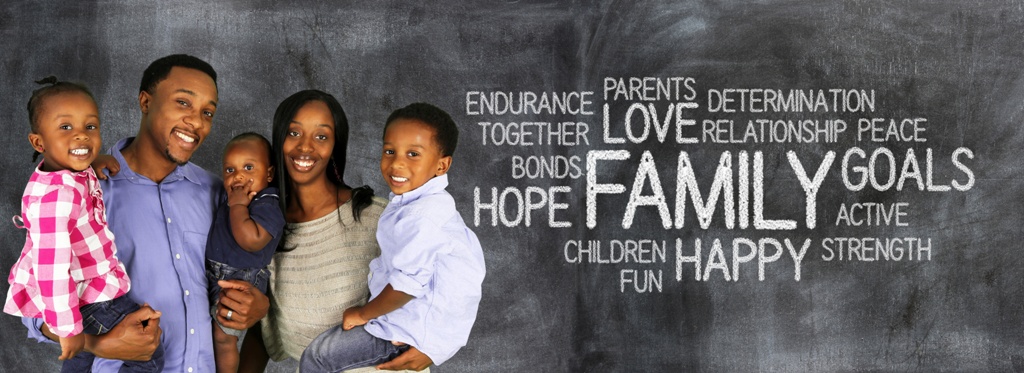Revolutionary & Civil War
The Revolutionary War set precedents for black military service. Both Africans and African Americans fought on both sides of this war, often as a means for a black slave to win his freedom.

United States Air Force Major Robert Henry Lawrence, Jr., was the first African American chosen by NASA to be an astronaut.In June 1967 Lawrence successfully completed the Air Force Flight Test Pilot Training School at Edwards Air Force base in California. That same month Major Robert Lawrence, Jr. was selected by NASA as an astronaut in the Air Force's Manned Orbiting Laboratory Program, thus becoming the first African American astronaut. The MOL project would eventually lead to today's International Space Station.
Lawrence was a 31 year old Air Force officer when he was selected in 1967 to join a small team of military officers training for a planned small space station. The Pentagon's "Manned Orbiting Laboratory," or MOL, was intended to explore the value of military space missions for astronauts. Two-man crews would be launched aboard advanced Gemini capsules and spend a month or more in orbit, practicing visual reconnaissance and communications intercepts and other national security tasks.
Robert H. Lawrence, Jr. was born on October 2, 1935, in Chicago, Illinois. At the age of 16, he was a graduate in the top 10% of Englewood High School, and by the age of 20, Lawrence was already a graduate of Bradley University with a Bachelor's Degree in Chemistry. While a student at Bradley University, Robert Lawrence distinguished himself as Cadet Commander of the Bradley Air Force Reserve Officer Training Corps and received the commission of Second Lieutenant in the Air Force Reserve Program.
Major Robert Lawrence Jr., completed his flight training the following year at Malden Air Force Base, and became a pilot for the United States Air Force. Marrying Barbara Cress, the daughter of Dr. and Mrs. Henry Cress of Chicago, Lawrence went on to completed an Air Force assignment as an instructor pilot in the T-33 training aircraft for members of the German Air Force.
Major Robert Lawrence, Jr. was a senior United States Air Force pilot, accumulating well over 2,500 flight hours, 2,000 of which were in jets. Lawrence flew many tests in the Lockheed F-104 Starfighter to investigate the gliding flight of various unpowered spacecraft returning to Earth from orbit, such as the North American X-15 rocket-plane. NASA cited Lawrence for accomplishments and flight maneuver data that "contributed greatly to the development of the Space Shuttle."
Major Lawrence, after successfully completed the Air Force Flight Test Pilot Training School, was selected by the USAF as an astronaut in the Air Force's Manned Orbital Laboratory Program, thus becoming the first Black Astronaut candidate in June of 1967.
NASA astronauts had already made ten orbital flights aboard Gemini spacecraft, and had just begun the Apollo program and its race to the moon. But the 1960s space race wasn’t just about peaceful exploration, and both the Soviet Union and the United States were also developing manned space systems for military purposes.
Major Robert Lawrence was killed on December 8, 1967, in the crash of an F-104 Starfighter at Edwards Air Force Base, California. Practicing what some have comed to call a "training flight" or a "space shuttle landing test," Lawrence was killed instantly in the landing training maneuver. Called a "flare," the risky high speed maneuver involved pulling the craft’s nose up to generate a short burst of extra lift (slowing the descent) by sacrificing a lot of forward speed (reducing touchdown speed) just prior to touchdown.
Timing was critical, and the aerodynamics were still being mapped out. Too soon, and you began falling again, too fast; too late, and you never slowed enough to survive runway contact.
Lawrence had mastered this piloting task and made a number of test flights in a special two-seat version of the jet. On Dec. 8, 1967, he was the instructor pilot for another officer, Major John Royer, who was learning how to perform such maneuvers himself. Royer made his approach, but flared too late. The airplane struck the ground hard, the main gear failed, and the airplane caught fire. The front seat pilot of the aircraft successfully ejected upon ground impact and survived the accident, but with major injuries. Major Lawrence, whose ejection seat had a slight timing delay to avoid contact with the first seat, did not get out in time. The airplane had rolled onto one side and his ejection seat, with Lawrence still in it, struck the ground, killing him instantly. Major Lawrence's death made him the only member of the MOL team to lose his life in the line of duty on that program.
During his brief career, Major Lawrence earned the Air Force Commendation Medal and the Air Force Outstanding Unit Citation. After many years of relative obscurity, his achievements, dedication, and sacrifices for the nation were finally recognized on December 8, 1997, when his name was inscribed on the Astronaut Space Mirror Memorial at the Kennedy Space Center in Florida.
Don't miss a single page. Find everything you need on our complete sitemap directory.
Listen or read the top speeches from African Americans. Read more
Read about the great African Americans who fought in wars. Read more
African Americans invented many of the things we use today. Read more
Thin jazz, think art, think of great actors and find them here. Read more
Follow the history of Black Americans from slave ships to the presidency. Read more
Olympic winners, MVPS of every sport, and people who broke the color barrier. Read more
These men and women risked and sometimes lost their life to fight for the cause. Read more
Meet the people who worked to change the system from the inside. Read more
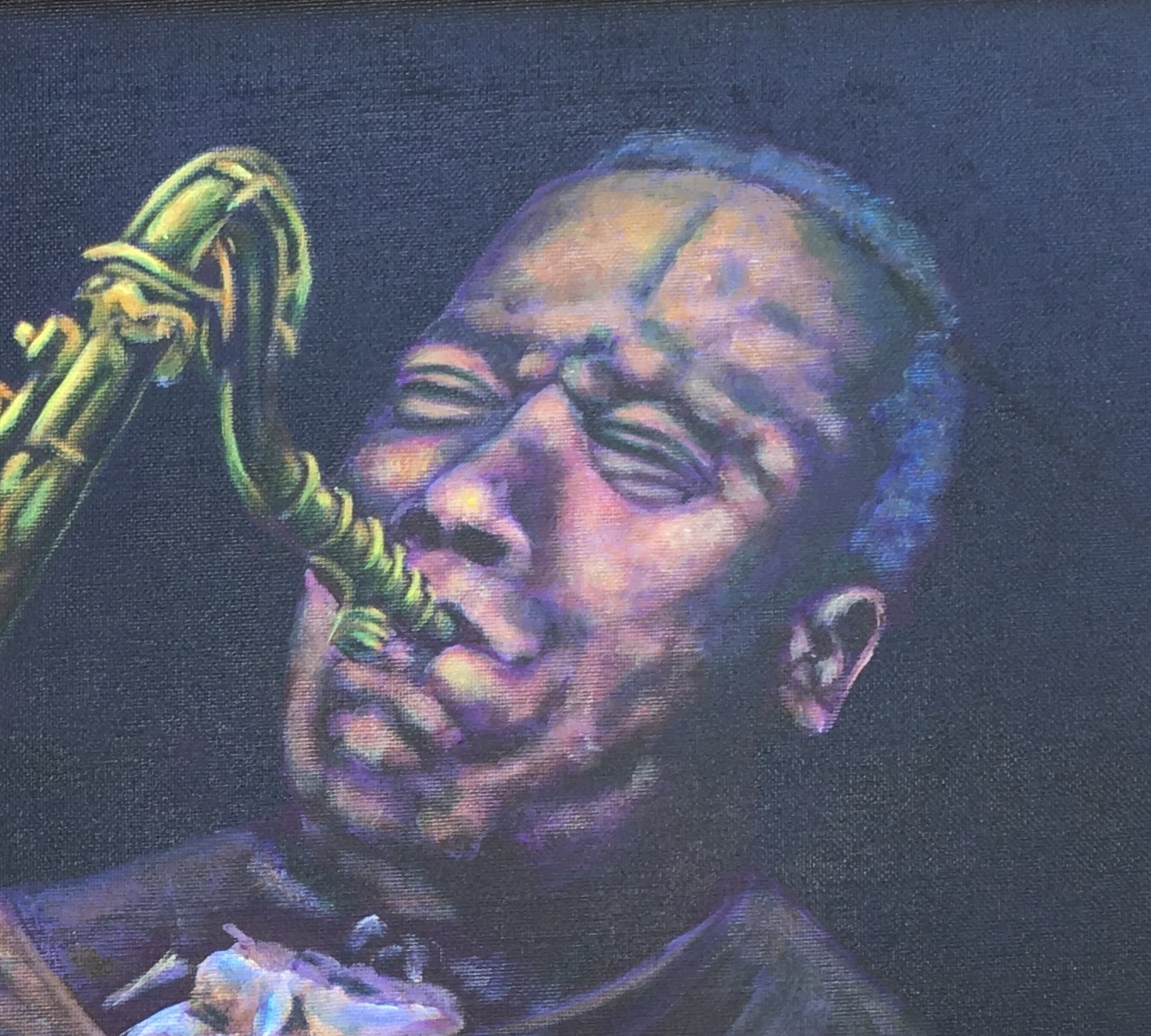
Visit my RedBubble page and use Michael Arnold Art to create greeting cards, T-shirts, mugs, and more.
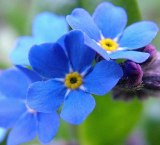
The variety and impressive numbers of mammals, birds and marine wildlife in Alaska draw visitors from all over the world. For some travelers, Alaska is wilderness, at least compared to what they may know from back home. The pristine wilderness of Alaska is, perhaps, the last vestige of thriving populations of North American wildlife. Where else can you see polar bears, bald eagles, blue and humpbacked whales, gray wolves, grizzly bears, orcas, lynx, moose, and hundreds of other rare and endangered species in their original and undisturbed natural habitats?
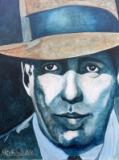
Enjoy our website filled with original signed acrylic paintings by award winning Artist Michael Arnold. Located in Citrus County Florida, Michael Arnold is a the editor at the Citrus County Chronicle. When he's not busy being an editor, he is an avid artist who enjoys painting in a variety of styles. We hope you take the time to click on each image to see a larger view and to learn what the artist, Michael Arnold has to say about his paintings.

As dog owners and people who care deeply for animals and wildlife, we wanted our Dog Encyclopedia to be a website that could empower pet owners to create the most positive, loving environment for their dogs. Dog Encyclopedia realizes that owning a dog is like adding a new member to your family.
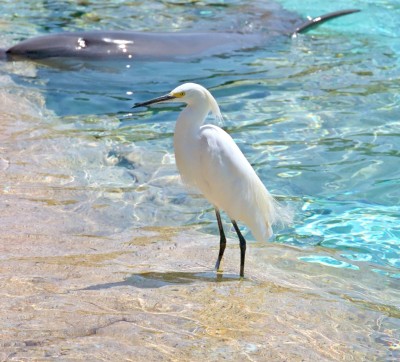
Floridian Nature has everything your are looking for in Florida nature. The wildlife of Florida is rich and varied, yet most of us are familiar with only a dozen or so species: the "well known endangered species such as manatees and panthers; those, like raccoons and squirrels, that have adapted to urban environments; the frightening alligators and black bears; and those like the armadillo who can't seem to cross the road. Yet they are just a few of the many animal species found in Florida.
